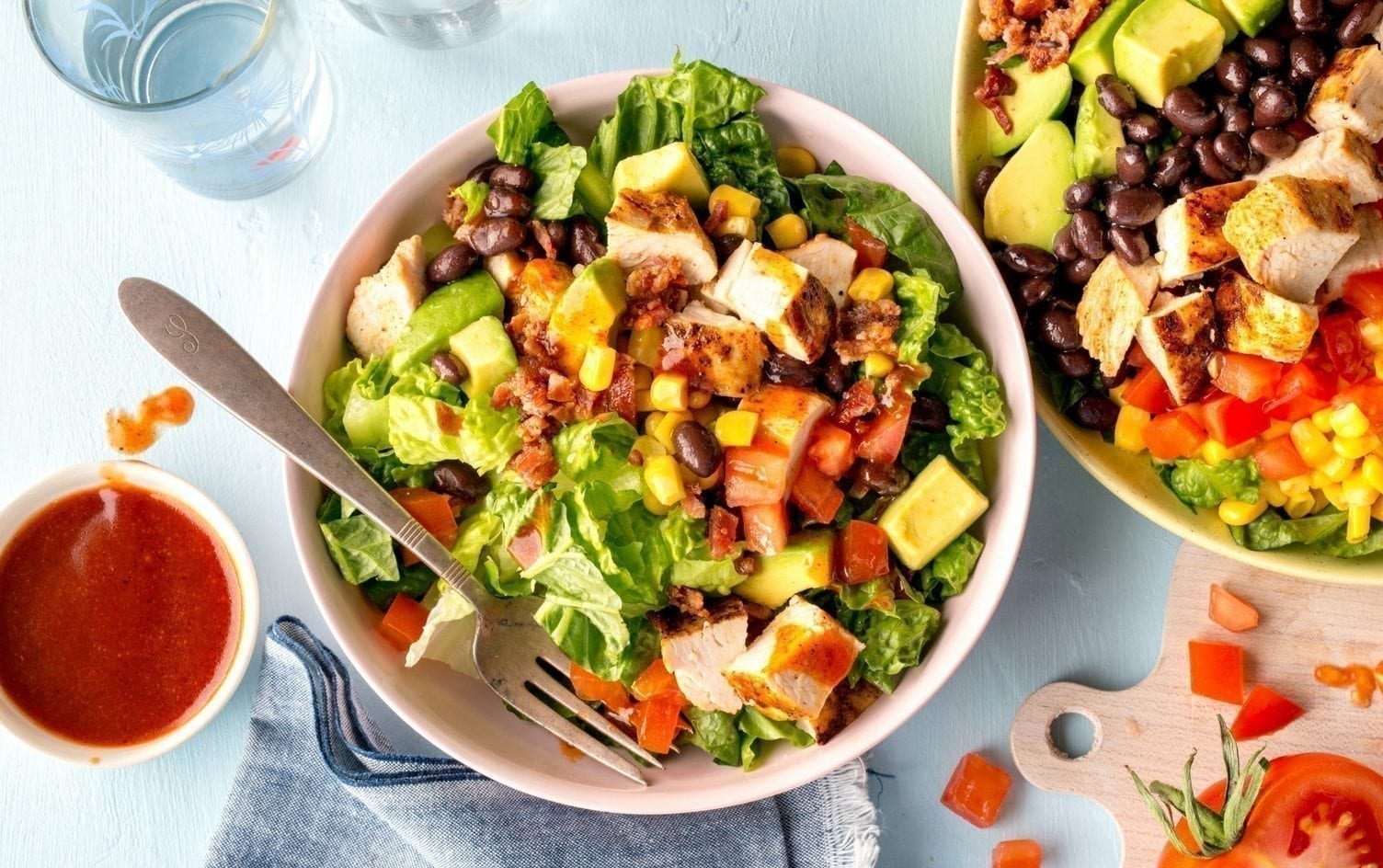Chicken and broccoli may be on the menu for many bodybuilding diets, but how much protein do you really need on a daily basis? The truth is, the amount of protein the body needs varies from person to person depending on several factors such as muscle mass, activity level, age and fitness goals. According to the National Institutes of Health (NIH), the Recommended Daily Allowance (RDA) for protein intake is 0.8 grams of protein per kilogram of body weight (or 0.36 grams per pound of body weight), however, they also note that a healthy diet can consist of 10–35% protein.
HOW TO DETERMINE YOUR PROTEIN NEEDS?
If you want an easy, “no math” way to determine your protein needs, you can plug your information into the MyFitnessPal app and it will provide individualized targets based on your body mass and calorie goals. Age may also play a role in protein needs, and a higher protein intake may be warranted to prevent muscle wasting as we age. While the NIH has indicated that the RDA is sufficient to meet protein needs for active people, other leading researchers and nutrition professionals recommend higher protein intake to meet the demands of physical activity. Below is a summary of the recommendations.
- Healthy adults/sedentary individuals: 0.8g/kg
- Pregnant women: 1.1g/kg
- Lactating women: 1.3g/kg
- Endurance athletes: 1.2–1.4g/kg
- High-intensity interval training/Stop-and-go sports: 1.4–1.7g/kg
- Strength athletes (to gain muscle mass): 1.6–1.7g/kg
- Strength training (to maintain): 1.2–1.4 g/kg
- Weight loss, calorie-restricted diets: 1.4–1.5g/kg
To determine your personal protein needs, obtain your weight in kilograms by multiplying your weight in pounds by 0.454. Then multiply your weight in kilograms by the recommended protein value in grams to obtain your total daily protein needs.
As you’re considering your daily protein goals, also consider the fact that consuming more than 2.0g/kg has not shown any additional benefit, so more is not necessarily better.
NOT ALL PROTEIN IS CREATED EQUAL
When looking at the nutrition quality of proteins, the amino acid composition and digestibility are two important factors. Animal proteins from meat, chicken, fish, eggs and dairy are complete with all essential amino acids as compared to plant sources. Animal proteins are often regarded as higher-quality proteins because they have all the essential amino acids including a higher concentration of leucine per gram of protein. Leucine is the amino acid that triggers synthesis of muscle protein and can play a key role in weight loss, too.
MIND YOUR TIMING
The timing of your protein intake is also an important part of the equation. It’s not advised to consume your total daily protein in one meal, rather space your protein intake throughout the day in 20–30 gram meals every 4–5 hours. This “sweet spot” for protein timing and dosage ensures the body has access to optimal amino acids needed to achieve fitness and performance goals such as weight loss, muscle building and exercise recovery, as well as keep your body optimally fueled and satisfied throughout the day as your blood sugar and hunger changes.
HOW DO I TRACK AND FULFILL MY PROTEIN NEEDS?
The most accurate way to determine the amount of protein in your diet is to look at the nutrition labels of your food and utilize the MyFitnessPal app to log that information, prioritizing the “verified foods” designated with a green check mark.
While there is variance in protein content among different sources, below are some examples of high-protein foods to include in your regular rotation of meals:
- 3 ounces of meat, fish or poultry: 21 grams
- 1 cup of cooked beans: 16 grams
- 1 cup of dairy or soy milk: 8 grams
- 1 egg: 6 grams




